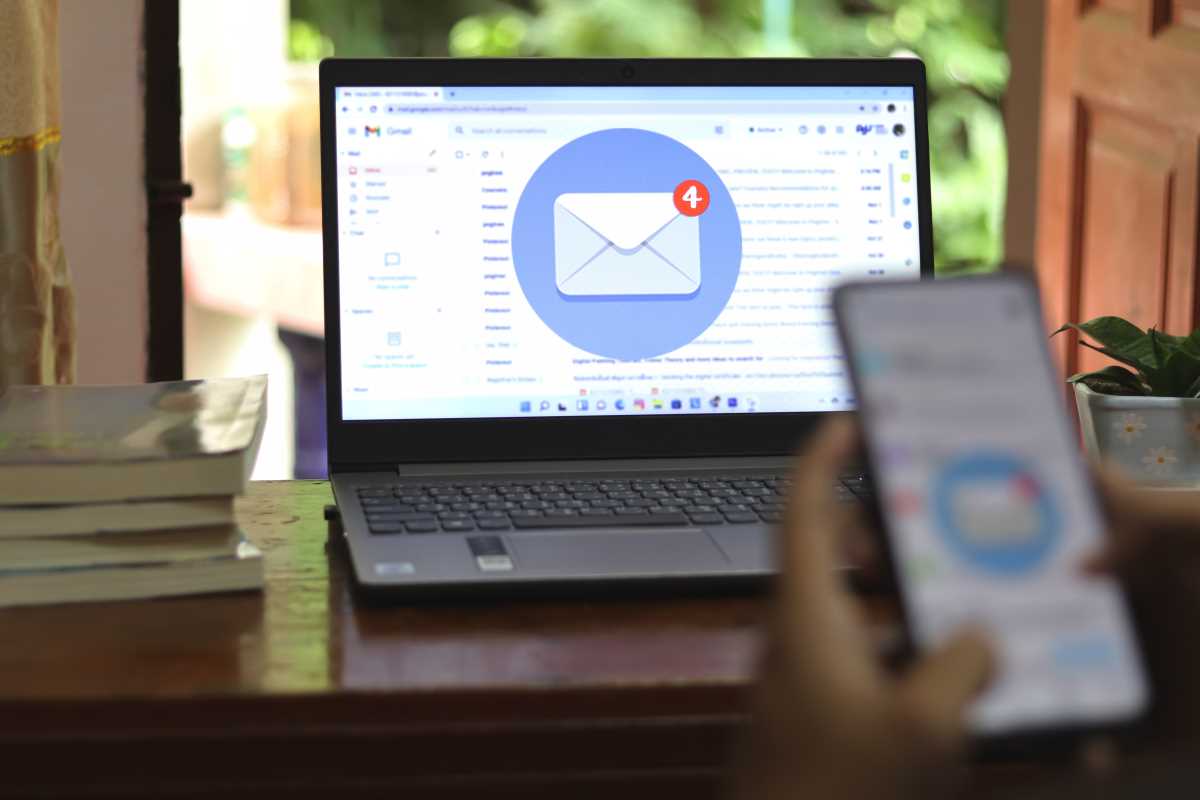Email might not be as cool as texting or DM’ing, but in the professional world, it’s still the king of communication. Whether you’re reaching out to a potential employer, following up after an interview, or sending a quick note to your boss, emails are where first (and lasting) impressions happen. But here’s the catch: There’s a fine line between nailing professional emails and coming across as clueless (or worse, careless). Don’t worry, though—we’ve got you. Here’s how to craft emails that are polished, clear, and actually make people want to reply to you.
The Do’s of Professional Email Etiquette
1. Nail Your Subject Line
Your subject line is the first thing people see, and it can make or break whether they even open your email. Keep it short, direct, and relevant.
Do:
- Use specifics. (“Follow-Up on Marketing Internship Application” beats “Hey!”)
- Keep it professional. Leave emojis or slang out of the subject line.
- Consider urgency if needed. Add “Action Required” if waiting on someone for time-sensitive tasks.
Pro Tip: If you’re stuck, imagine skimming through 50 emails. What subject line would catch your attention without feeling spammy?
2. Start Warm and Professional
Your opening sets the tone for the whole email, so be sure to greet your reader in a way that fits the situation.
Do:
- Use their name. “Hi Alex,” or “Dear Ms. Smith,” is a great start.
- If you’re unsure of their name, use something neutral like “Hello” or “To the [Department Name] Team.”
- Add a brief pleasantry. A simple, “I hope this email finds you well,” works wonders.
3. Be Clear and Concise
No one wants to sift through a novel in their inbox. Stick to the point and make it easy for the reader to skim.
Do:
- State your purpose upfront. (“I’m writing to confirm my start date for the internship.”)
- Use bullet points or numbered lists for long information.
- End with a clear call-to-action (e.g., “Please confirm if 3 PM tomorrow works for the meeting.”).
Pro Tip: If your email feels longer than a TikTok binge session, ask yourself: Is all of this necessary?
4. Watch Your Tone
Tone can be tricky to pull off in emails since there are no facial expressions or vocal inflections to help. Professional doesn’t have to mean stiff, but it does mean avoiding overly casual, sarcastic, or negative tones.
Do:
- Be polite and respectful, even when giving feedback or making requests.
- Use phrases like “I would appreciate it if…” rather than “You need to…”
- Match the tone of the person you’re emailing. If they’re formal, follow suit; if they’re a bit casual, you can relax slightly (but still stay professional).
5. Proofread Like Your Job Depends On It
Nothing screams “I don’t care” louder than typos and sloppy grammar. Take a few moments to double-check your email before hitting send.
Do:
- Use tools like Grammarly or the spell-checker built into your email platform.
- Read it aloud to catch awkward phrasing or unclear points.
- Double-check names, titles, and any attached files to avoid embarrassing mistakes.
Pro Tip: Never mix up “there,” “their,” and “they’re.” Just… don’t.
6. Close It Like a Pro
End your email with a polite sign-off and include any important details, like contact info or links.
Do:
- Use professional closings like “Best regards,” “Sincerely,” or “Thank you.”
- Include your full name and, if applicable, your job title and contact info.
- For follow-ups, remind them why you’re reaching out (e.g., “Looking forward to hearing from you about the next steps.”).
7. Hit Send at the Right Time
Timing matters. No one appreciates a non-urgent email popping up at midnight.
Do:
- Send emails during working hours, typically 9 AM to 5 PM in the recipient’s time zone.
- Use the “schedule send” feature if you’re drafting an email outside those hours.
- Allow a reasonable time for replies before sending a follow-up (usually 24–48 hours).
The Don’ts of Professional Email Etiquette
1. Don’t Be Too Casual
You might feel tempted to fire off emails the way you would a text or DM, but resist the urge to be too relaxed.
Don’t:
- Use slang, hashtags, or emojis. An email isn’t the place for “LOL” or “✨Job Queen✨.”
- Skimp on punctuation. Writing “can you call me thanks” sounds rushed and confusing.
- Skip the greetings or sign-offs entirely.
2. Don’t CC Everyone and Their Cat
When sending emails to multiple people, think carefully about who actually needs to see it.
Don’t:
- CC unnecessary recipients. Keep it relevant.
- Hit “Reply All” unless it’s absolutely necessary. Avoid contributing to inbox clutter.
- Forget that BCC exists. Use it for large groups to protect everyone’s email privacy.
Pro Tip: Before adding anyone, ask yourself, “Does this person actually need to see this email?”
3. Don’t Ramble or Overload
Imagine having to scroll endlessly just to figure out what someone wants. It’s frustrating and a surefire way to lose the reader’s attention.
Don’t:
- Try to cram multiple topics into one email. Stick to one main idea per message.
- Write overly long emails. Aim for a few short paragraphs instead.
- Use filler words like “um,” “basically,” or “just.”
4. Don’t Forget Attachments
There’s nothing worse than sending an email that says “Please find attached my resume”... only to forget the attachment completely.
Don’t:
- Forget to double-check that every promised file is attached.
- Attach unnecessarily large files; compress them if needed.
- Skip labeling files clearly (e.g., “Alex_Smith_Resume.pdf” instead of “doc1234finalFINAL.pdf”).
Pro Tip: Add attachments before writing your email. This way, it’s impossible to forget.
5. Don’t Use "Urgent!" Unless It’s Actually Urgent
Headlines that overuse “Urgent” or “ASAP” when it’s not necessary can come off as annoying or disrespectful of others’ time.
Don’t:
- Overdramatize subject lines for attention. (“Emergency! TPS Report Needed Now” when it’s not an emergency.)
- Expect instant responses unless it’s an actual crisis.
6. Don’t Rely on Jargon or Buzzwords
Buzzwords like “actionable synergies” or overly technical jargon can make you sound like you’re trying too hard (or worse, confusing).
Don’t:
- Assume the recipient knows niche terms.
- Overuse words like “circle back,” “touch base,” or “leverage.” Say what you mean in plain, clear language.
A Quick Example of a Perfect Email
Imagine you’re following up on an internship application. Here’s how to do it right:
Subject Line: Follow-Up on [Job Title] Application
Body:
Hi [Hiring Manager's Name],
I hope this email finds you well!
I wanted to follow up on my application for the [Job Title] position I submitted on [specific date]. I’m very excited about the opportunity to contribute to [specific company’s mission or project] and showcase my skills in [specific skill/experience].
Please don’t hesitate to reach out if any additional materials are needed. I look forward to hearing about the next steps in the process.
Thank you for your time and consideration!
Best regards,
[Your Full Name]
[Your Contact Information]
 (Image via
(Image via



.jpg)

